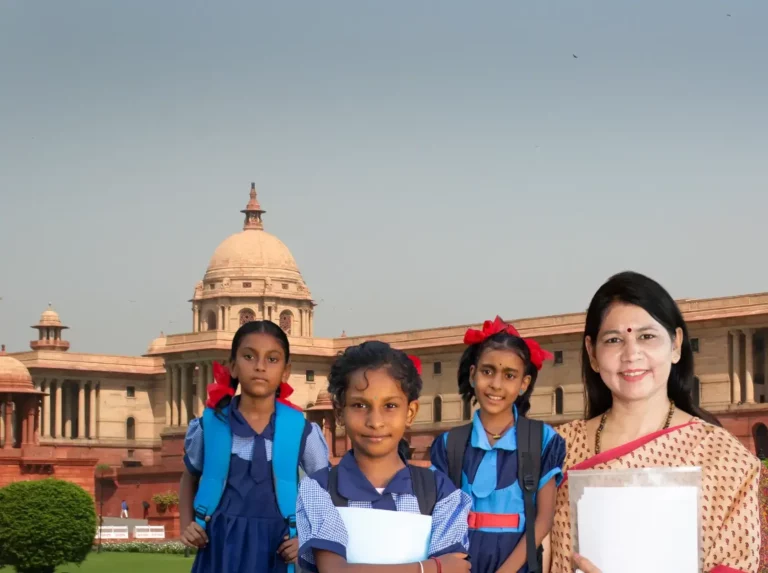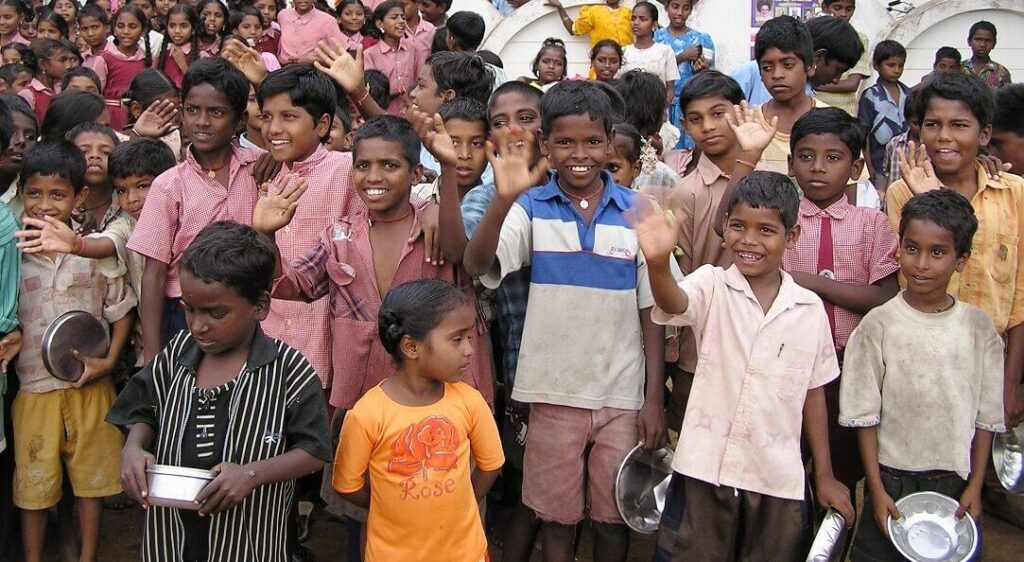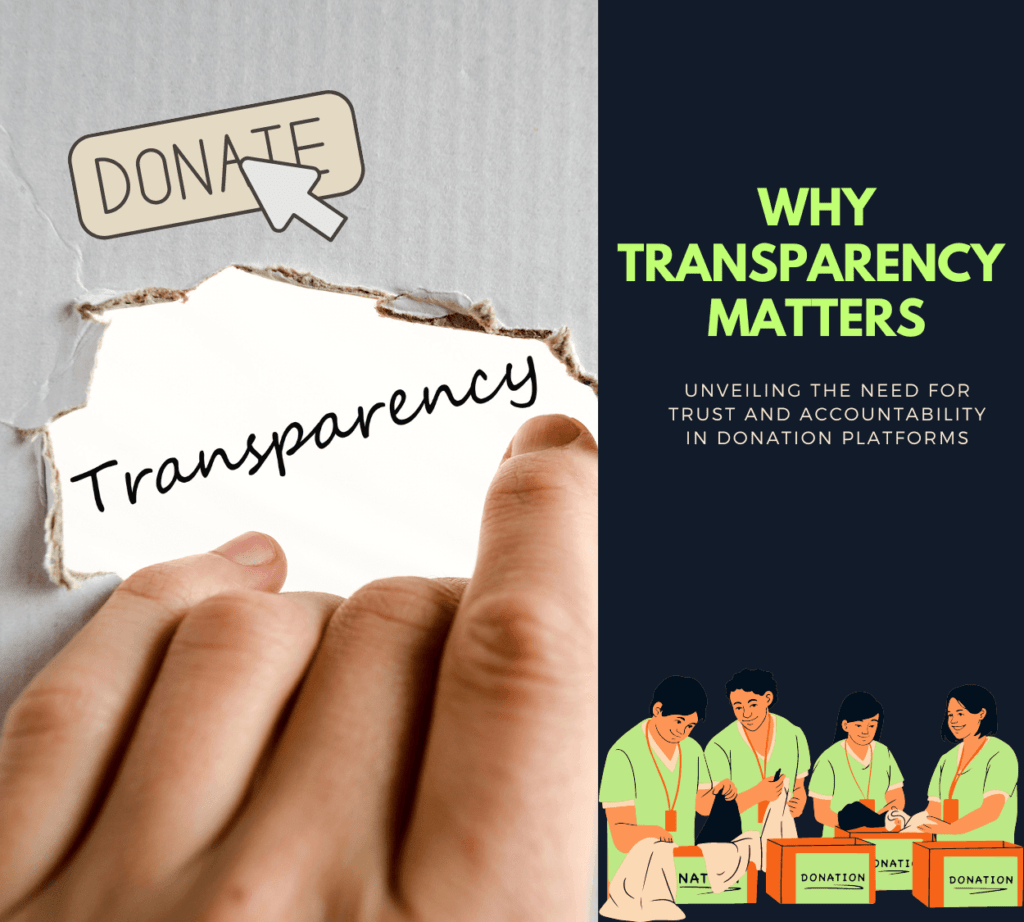
The Role of Government Policies in Bridging the Education Gap
Education is a cornerstone of society, serving as a catalyst for personal growth and societal progress. However, for this vital institution to fulfill its potential, it must be built on principles of equity and fairness. The concept of educational equity, where all students have the same access to high-quality education regardless of their backgrounds, socioeconomic status, or abilities, has gained traction in recent years. Governments around the world have recognized the importance of leveling the playing field in education and have taken steps to make it a reality.
Understanding the Importance of Equality in Education
Understanding Fairness in Education
Educational equity goes beyond equality. While equality aims to provide the same resources to all students, regardless of their individual needs, equity recognizes that not everyone starts at the same point. Equity takes into account the diverse backgrounds and circumstances of students, striving to ensure that everyone has the resources and support they need to succeed. This approach acknowledges the inherent inequalities that exist and works to eliminate the barriers that hinder marginalized students’ educational attainment.
How the Government Helps Make It Happen
Government plays a pivotal role in shaping the importance of equality in education. Educational policies, funding initiatives, and reform efforts are among the tools they use to create a level playing field for all students. By addressing issues such as funding disparities, education quality, and access to educational resources, governments aim to dismantle the systemic barriers that hinder equal educational opportunities.
Checking the Role of Government in Education
Are Educational Policies Making a Difference?
While governments implement policies with the intention of promoting educational equity, the effectiveness of government policies vary. Data analysis and research are essential to evaluate the impact of policies on student outcomes. By scrutinizing standardized test scores, graduation rates, and other relevant metrics, policymakers can identify which strategies are making a positive impact and which need adjustment.
How Skopick.com Supports Learning Goals
Online platforms (Skopick.com being one of the champions in field) have emerged as valuable tools in the pursuit of educational equity. By offering a wide range of resources, including transparency in donorship, looking out for the need of the needy children, and interactive sessions, Skopick.com supports students in their learning journey. The platform’s adaptability allows it to cater to diverse learning styles and paces, helping students bridge financial gaps and succeed academically.
Differences in Quality of Educational Opportunity in India
Not Everyone Gets the Same Opportunities
Achieving educational equity is easier said than done. Many students face socio-economic, geographical, and cultural barriers that impede their access to quality education. This gap often perpetuates a cycle of inequality, where students from disadvantaged backgrounds are more likely to struggle academically and have fewer opportunities for advancement. Skopick.com is acting as a medium to bridge this very gap.
Ways to Make Education More Equal
Addressing these challenges requires a multifaceted approach. Governments can work to allocate resources more equitably, focusing on schools and communities that need the most support. Collaborative efforts between schools, community organizations, and government agencies can provide comprehensive solutions that encompass not only classroom learning but also support services like counseling, after-school programs, and mentoring.
Making Sure School is a Level-Playing Field
How Government Plans Inclusive Classrooms
Inclusive classrooms are a cornerstone of student equity in education. Governments are increasingly focused on promoting inclusive education, which emphasizes accommodating diverse learning needs within the same classroom. This approach benefits all students, as it fosters a sense of belonging and understanding, and prepares them for a globalized world.
However, the journey to make education equitable does not stop at making classrooms more inclusive. There are barriers and hinderances that lie outside the classroom too. One of such barriers, the financial burden of education, is the reason behind many children either opting out or not receiving any education in the first place.
Skopick.com: Your Study Buddy for Equal Education
Platforms like Skopick.com align with the inclusive education model by providing solutions to financial constraints. Through features such as specially catered funding programs and real-time progress tracking, these platforms cater to individual strengths and couple them with financial support. Skopick.com helps get students in to the traditional classroom structure, ensuring that students receive the attention and support they need, regardless of their starting point.
You can help in this journey too. Read at “Why Should We Donate Money to Poor Children’s Education in India?” to know more.
How to Achieve Equity in Education
Tweaking Policies for Changing Times
Educational equity is an ongoing endeavor that must adapt to changing circumstances. As society evolves, so do the challenges that students face. Governments must remain vigilant, continuously revisiting and refining their policies to ensure they are effective in promoting equity. There is also an excellent piece you can refer to if you want to dive into more details: “How to Achieve Educational Equity”.
Skopick.com and Government: Working Together for Education Equality
Skopick.com is trying to collaborate with governments to amplify the impact of equity-focused policies. By sharing data on student performance (who have been helped by the platform) and engagement, the platform contributes valuable insights that inform policy decision makers. Furthermore, partnerships between the private sector and government can also lead to innovative solutions that address the complex challenges of educational inequality.
The Long and Winding Road Ahead
In conclusion, equity and equality in education in India is a noble goal that requires a collective effort from governments, educators, communities, and the private sector. While achieving equity in education is challenging, the strides made in policy implementation, resource allocation, and technology integration bring hope for a fairer future.
As governments continue to invest in equitable education and leverage the potential of platforms like Skopick.com, the dream of a truly equal education for all can inch closer to reality. Through a commitment to ongoing evaluation, collaboration, and adaptation, society can work towards providing every student with the opportunities they deserve, regardless of their background or circumstances.
All Categories
- ! Без рубрики (1)
- AI News (2)
- blog (1)
- Blogs (41)
- Book4all (3)
- CSR (1)
- Scholarship (4)
- Uncategorized (1)




Leave a Reply